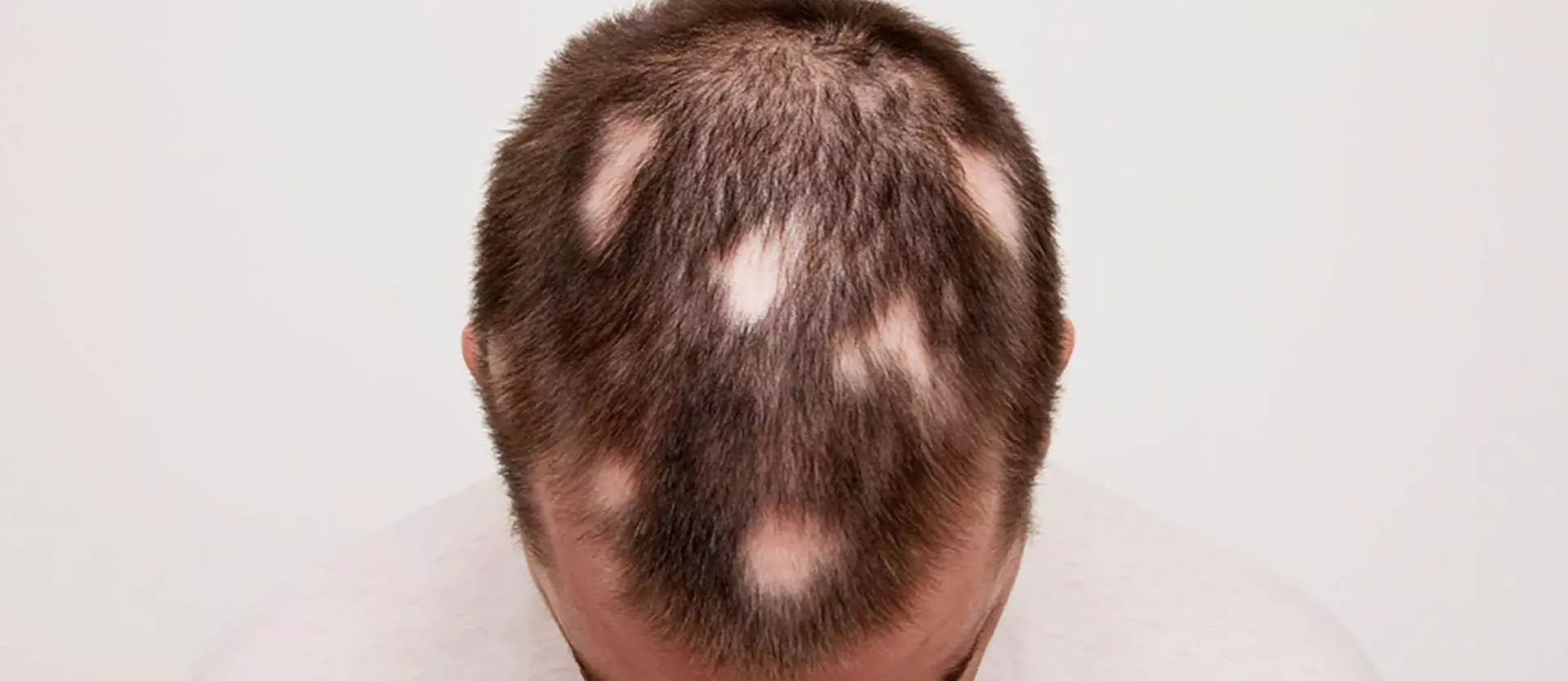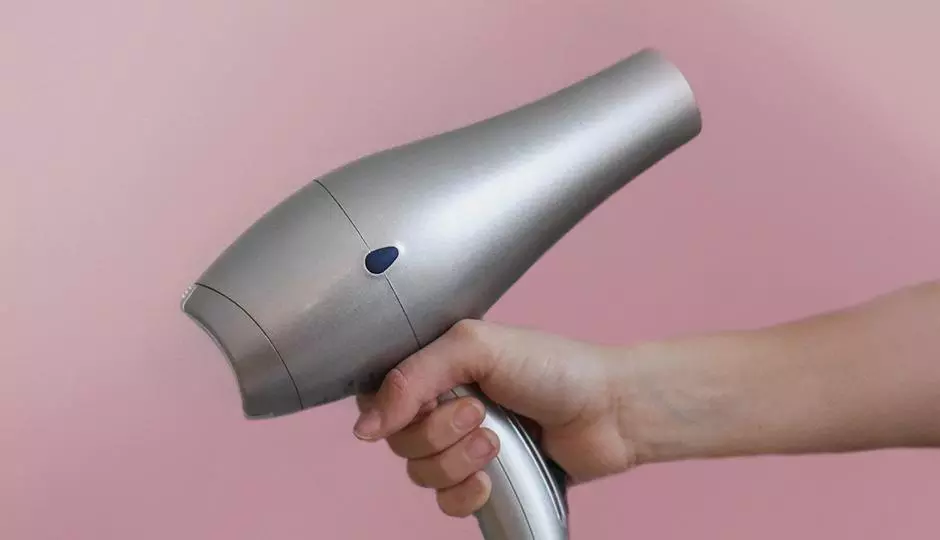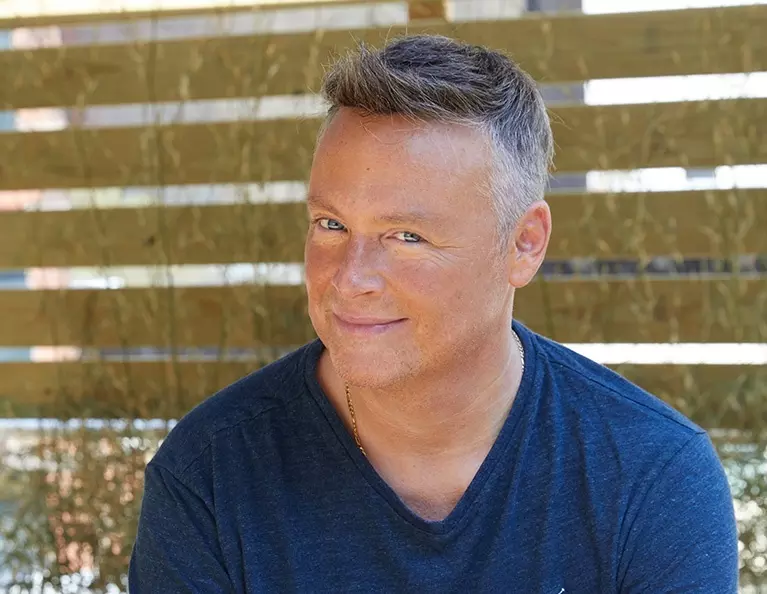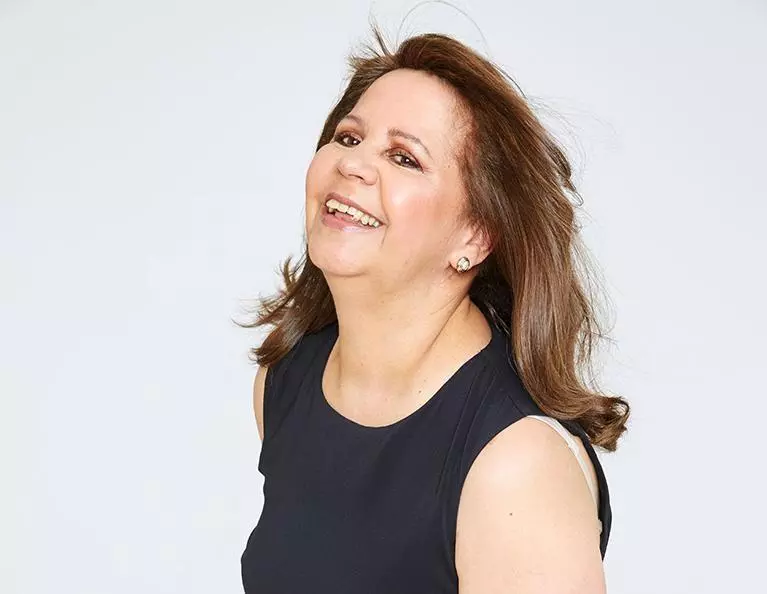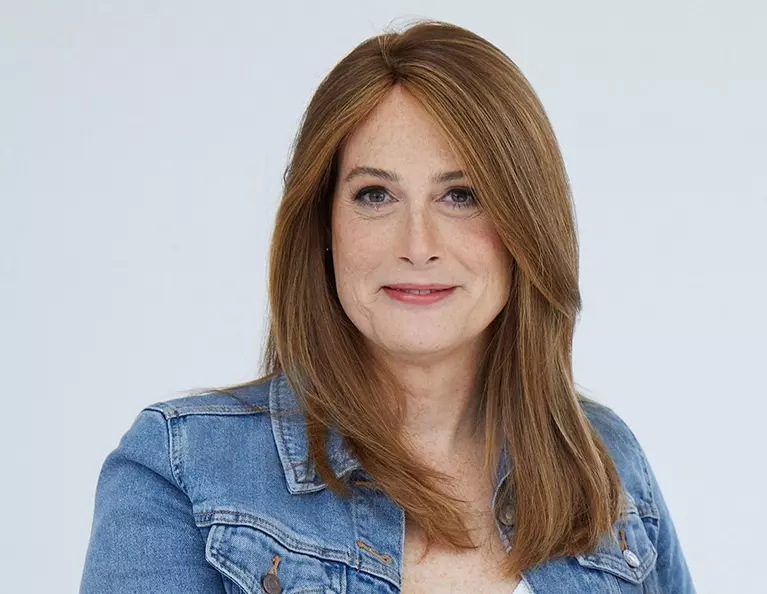Many children suffer from alopecia areata. Some of these children will outgrow this condition, which causes bald spots in various areas of the scalp. What makes it complex, in many cases, is that alopecia can come and go, move from place to place, and be overall unpredictable. As a result, many children become self-conscious of the condition and many don't know how to handle it. The good news is that many of these children will see improvement in the condition over time. Until then, or in case the condition does not improve, there are several steps and tips that can help parents to better care for their child with this condition.
Understand the Impact It Can Have
Many times, parents don't realize the impact that hair can have on a child especially one that is a pre-teen or teenager. While you may not view this as a problem, often because it is not something that is life-threatening, it is a big deal to your son or daughter. It's important for parents to realize that this can be a very big impact on their quality of life at least from an emotional standpoint. Considering that, it's a good idea to sit down and talk to your child about what he or she is experiencing.
- Talk about what the condition is. Specifically, it is a good idea to inform your child, even if he or she is 7 or 8 years old, about alopecia areata. There are numerous websites that you can use as a tool to discuss what the condition is. Be sure to treat your child with respect and educate him or her about the condition.
- Talk about the short term and long term. Most importantly, be sure that your child understands that the condition can change and it may improve. You'll want to provide your child with the support necessary to know that he or she can likely see improvement over time.
- Discuss fault and blame. Be sure your son or daughter does not, in any way, blame his or herself for the condition. In addition, he or she should see it as unique and something that makes the child stand out from the rest, but in a good way. It's important to ensure your child's emotional health is maintained.
Once you have this type of talk and both of you are on the same page, you can begin to look for solutions that can help your child to feel better about the condition and what it means for their self-confidence and self-esteem. That's essential!
Tips for Coping with Alopecia Areata
There are many ways that your child can learn to cope with this condition. The goal here is to ensure that your child has the tools necessary to feel confident. These tips can help:
- Be flexible with hairstyles. Since these balding areas can move from one place to the next, be sure your child realizes that having a fluctuating hairstyle can make a big impact on hiding or minimizing the look of the condition.
- Choose to allow your older child to use wigs or hairpieces. In some cases, alopecia areata can create very large bald spots and they do not always go away. For this reason, you may want to encourage your son or daughter to use products that help to hide the condition altogether. However, instead of it being a way to hide, view it as a new way to express his or her beauty. Keep it positive.
- Think about using various hair accessories. Hair accessories help your child to move hair from one area to the next to make balding areas less noticeable.
- Discuss options for hairstyles and looks with your hairstylist. What you'll find is that many are more than willing to help you to find a way to look fabulous no matter what is happening.
Here's what's important. You and your child need to realize there are tips and solutions that can help improve the way he or she looks. However, it is just as important for you to ensure your child's mental health surrounding the condition is solid. Talk about it openly and explore new ways to wear hair to give him or her the confidence desired. For more information or assistance with helping your child with alopecia, schedule a free, private consultation.
